Why Gas Monitoring Should Never Be Together with Gas Cabinets, And, Why Gas Monitoring Should Always Be Together with Gas Cabinets
by John Kurowski on Jun 8, 2023 10:35:02 AM
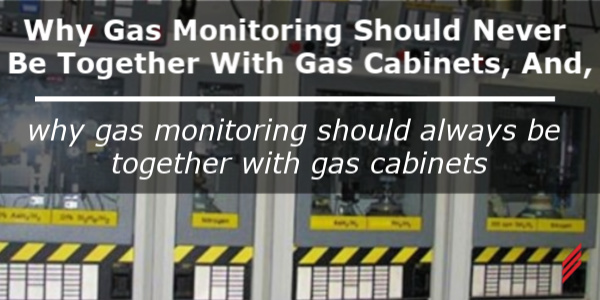
If you are in the business of toxic/flammable gas cabinets or you are in the business of toxic/flammable gas monitoring, I hope the title of this document created an immediate and visceral reaction. Admittedly, I played with words in the title of this blog. And, as a result, I now must explain myself.
Gas Cabinet manufacturers have a job to make gas cabinets. If they are asked to add a gas monitoring device or a UV/IR detector, they add it to the design of the gas cabinet. After all, they are trying to give the customer exactly what the customer asked. We see this regularly. Brand new gas cabinets with a gas monitoring transmitter mounted either on top of the gas cabinet or maybe even mounted inside of the gas cabinet with the gas cylinders. In this scenario, the gas monitoring device is powered by the gas cabinet controller, just like every other powered component in the gas cabinet. So far, this makes sense. Allow me to shift gears now, then come back to this example.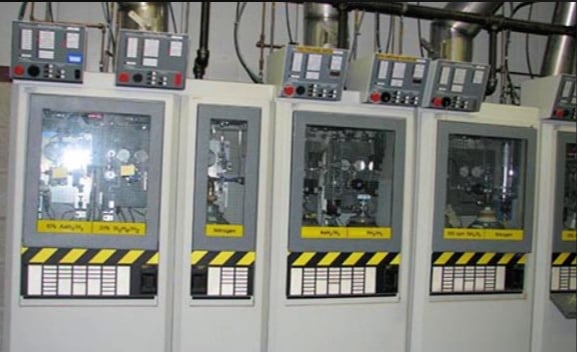
Toxic Gas Monitoring Systems (TGMS) are mentioned in the International Fire Code and the some of the NFPA codes. However, there is no code on how to build a TGMS. There is a code that tells you how to build a Fire Alarm System (NFPA 72), but there is no equivalent code for TGMS. A TGMS is a “group” of gas monitoring devices that serve a room, or a lab, or a building. Everyone has a basic understanding of a centralized system for gas monitoring. However, if you consider a TGMS as a life safety system just like a Fire Alarm System (FAS), then you start to consider all the features that make a FAS always available. Some features from a FAS like UPS, emergency power, supervised wiring are all features that should be implemented in a TGMS.
Going back to the gas cabinet example. Gas cabinets are generally not on emergency power. That said, if the lab or building loses power, the gas cabinet goes to a safe, non-powered state. If the gas detection for a gas cabinet is powered by the gas cabinet, then that particular gas detection device is also powered down. If gas detection is truly a life safety system like a FAS, having the gas detection power down is a bad idea. I’ll even go one step further and say most AHJs would not allow this situation if they knew it were a possibility. This is an example of why gas monitoring should never be “together” with a gas cabinet, i.e., gas monitoring should be powered separately from a gas cabinet.
This is not to say that gas cabinets should be completely separated from gas detection. They must communicate with each other. If a TGMS detects a gas release, then the TGMS should signal the gas cabinet to shut off the valve that supplies that gas. Easy to say, but the TGMS designer must know where to land wires in the gas cabinet controller to do a remote shut down. And, the TGMS designer should also communicate with the gas cabinet designer to ensure this communication occurs in the manner that suits the end user (shut down both cylinders in a gas cabinet or shut down only one cylinder of two in a gas cabinet?)..jpg?width=600&name=fas%20and%20tgms%20communication%20(1).jpg)
What about information from the gas cabinet to the TGMS? More and more, the TGMS is the main source of information about gases to the end user. If the gas cabinet has information that would help the end user schedule maintenance or response to an emergency, then the TGMS should have the capability to display this information. For example, if a gas cabinet has a “warning” signal (maintenance required, gas ON), then the TGMS is a perfect place to send that signal. The end user probably checks the TGMS regularly for gas alarm information (or lack of gas alarm information). If the gas cabinet has an “alarm” signal (immediate attention required, gas OFF), then the TGMS is again a great place to send that signal. This is an example of why gas monitoring should always be “together” with a gas cabinet, i.e., the gas monitoring system should have the capability to display the gas cabinet status, even if it is normal operation.
So, let me finish with re-writing the title of this blog. Gas monitoring should not be powered by the gas cabinet controller, AND, the gas monitoring system should have two-way communication with all gas cabinets. It’s subtle, but important.
About the Author
John has a B.S. in Chemical Engineering from Penn State and a M.S. in Manufacturing Engineering from RPI. Prior to coming to Hallam-ICS, John had 30 years of experience working in Manufacturing/Process/Facilities Engineering for printed circuit board and semiconductor manufacturing. As a Senior Engineer at Hallam-ICS, John is responsible for the design and specification of Toxic Gas Monitoring Systems. He participates in all project design phases from concept through construction documents.
Read My Hallam Story
About Hallam-ICS
Hallam-ICS is an engineering and automation company that designs MEP systems for facilities and plants, engineers control and automation solutions, and ensures safety and regulatory compliance through arc flash studies, commissioning, and validation. Our offices are located in Massachusetts, Connecticut, New York, Vermont, North Carolina , Texas and Florida, and our projects take us world-wide.
You May Also Like
These Related Stories
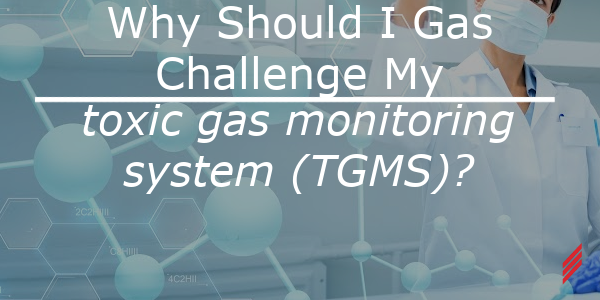
Why Should I Gas Challenge My Toxic Gas Monitoring System (TGMS)?
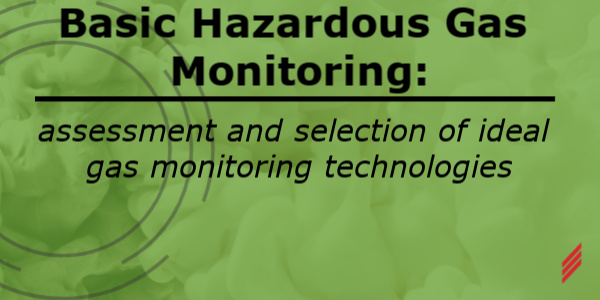
Basic Hazardous Gas Monitoring: Assessment and Selection of Ideal Gas Monitoring Technologies
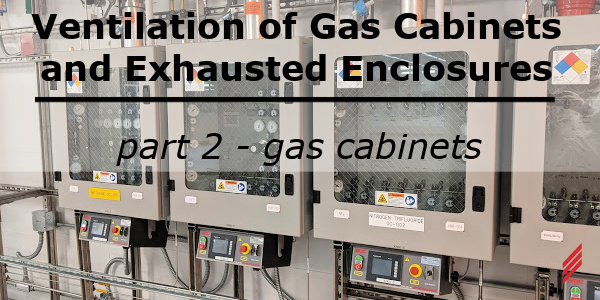



No Comments Yet
Let us know what you think